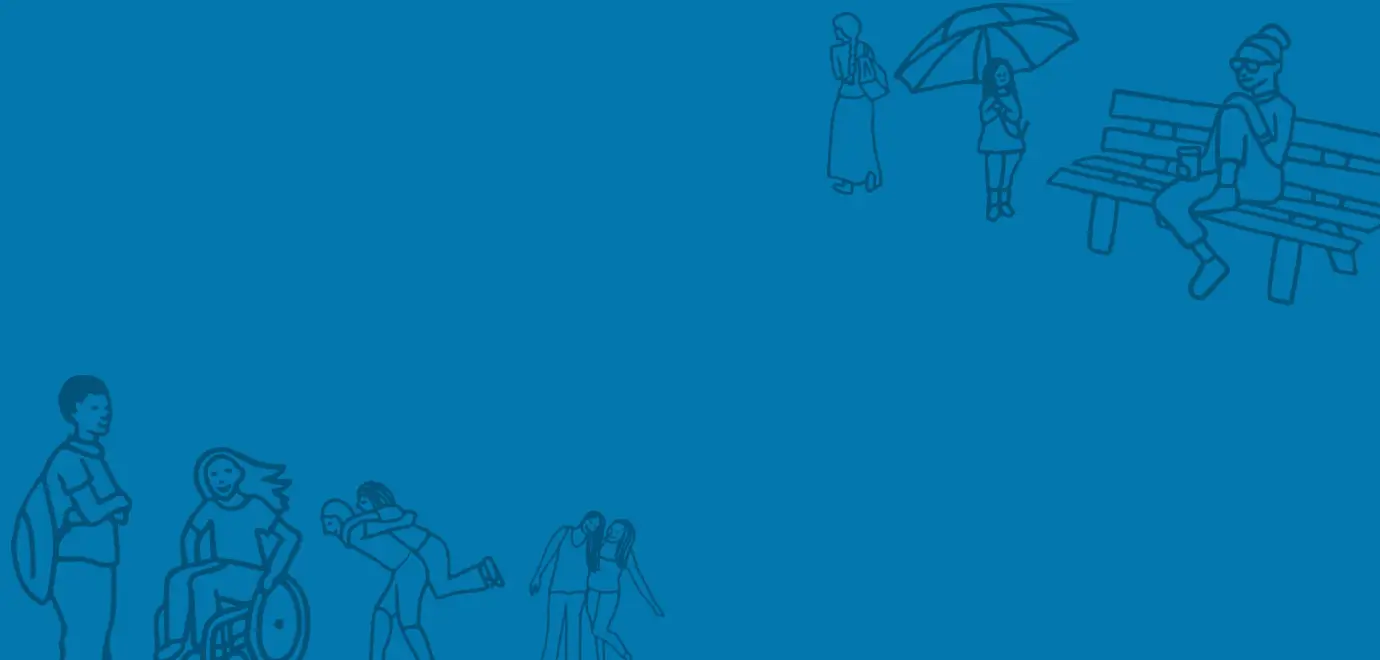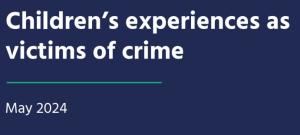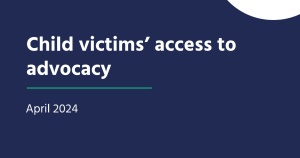Last year we produced our first annual report on children living in secure accommodation. ‘Who are they? Where are they?’ set out, as far as possible given limited available data, how many children in England are ‘locked up’ in many different kinds of institutions.
The report found a relatively small group of children – 1,465 – living in secure settings on whom the state spent £300million a year. Yet these children, although often having quite similar vulnerabilities and needing similar care provision, were living in settings managed by three different government departments, and commissioned at a local level by different organisations, with no department aware of the whole picture. Children placed in secure settings could end up living in a mental health hospital (managed and commissioned by the NHS), youth custody (managed and commissioned by the Youth Custody Service) or secure children’s homes (run by individual Local Authorities).
This year’s report updates those figures and addresses some of the gaps in data that we identified in 2019. For March 2020, we identified a total of 1,340 children in the official figures. Of these 715 children were living in Secure Children’s Homes, Secure Training Centres and Young Offenders Institutions because they had either been sentenced or remanded there by a court. This is down from 873 children identified in our previous report. There are now 81 children living in Secure Children’s Homes for welfare reasons, slightly down from 87 last year. We have found that there are 237 children detained under the Mental Health Act on secure mental health wards and psychiatric intensive care units, and a further 307 detained on non-secure wards, making a total of 544 children. This suggests a slight rise from the 505 children included in last year’s report, but because of the poor quality of NHS data it is impossible to make a direct comparison across the years.
We also explore further what we know about groups of ‘invisible children’ who do not appear in statistics about children deprived of liberty. This year we carried out visits to mental health wards to interview children who had been admitted ‘informally’, that is on the basis of either their or their parents’ consent, rather than being sectioned under the Mental Health Act. While for some children this was an important way for them to show control over their own life and treatment, for others there were serious questions about whether this consent was genuinely freely given.
We also provide an update on the numbers of children who have been deprived of their liberty through the ‘inherent jurisdiction’ of the high court. This is used when no existing piece of legislation allows for a child to be deprived of liberty, but it is judged necessary to keep them safe. As our review of court cases shows, it is often used when a child needs a place in a secure children’s home but there is none available. The numbers of children in this position appear to be rising, with 327 children included on applications to the high court in 2019/20 compared to 215 last year and 103 the year before.
We have also conducted a series of visits to residential special schools and children’s homes to learn more about children who are living in these settings with extensive restrictions on their freedom. As this report shows, even when they are getting appropriate care and support, these children often do not have the right legal protections in place.





